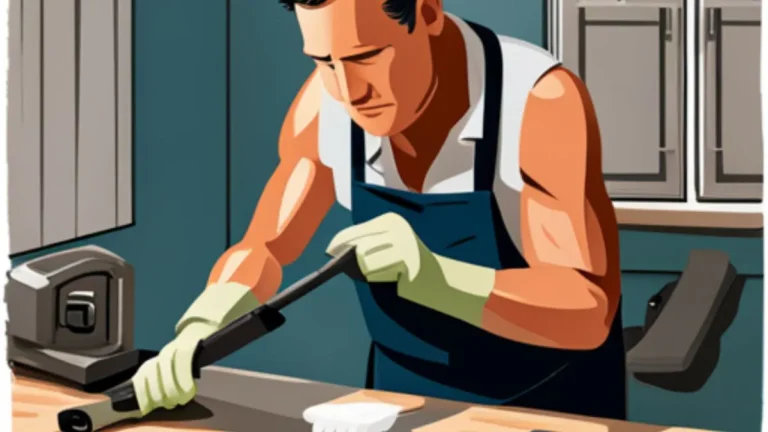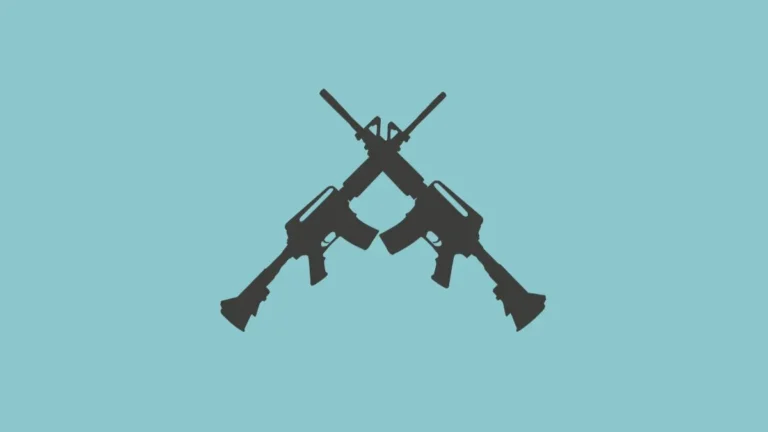What are the two basic styles of firearm actions?
Firearm actions refer to the mechanism by which a firearm is loaded, fired, and unloaded. These actions play a crucial role in determining the efficiency and accuracy of a firearm. There are various styles of firearm actions, but the two basic ones are single action and double action.
In this article, we will explore these two basic styles in detail, including their definitions, functioning mechanisms, advantages, and disadvantages. We will then compare the two styles to determine which one is better suited for different situations.
Note: You should always fulfill legal requirements before selecting a firearm for hunting.
Basic Styles of Firearm Actions
Single Action
Definition
Single action firearms have been in use since the 19th century and are still popular today. In a single action firearm, the trigger performs only one function, which is to release the hammer or striker. The gun must be manually cocked before each shot by either pulling back the hammer or racking the slide in semi-automatic firearms.

Functioning Mechanism
The functioning mechanism of a single action firearm is relatively simple. When the trigger is pulled, the sear releases the hammer or striker, which then strikes the firing pin, igniting the primer in the cartridge. This causes the gunpowder to explode and propel the bullet out of the barrel.
Advantages and Disadvantages
Single action firearms have several advantages, such as a lighter and more consistent trigger pull, making them more accurate for long-range shooting.
They also have fewer moving parts, which means they are less likely to malfunction or jam. However, the need to manually cock the gun before each shot can slow down the rate of fire.
Additionally, single action firearms are not as safe to carry with a round in the chamber since they do not have external safeties.
Double Action
Definition
Double action firearms are more modern and widely used than single action firearms. In a double action firearm, the trigger performs two functions – it cocks and releases the hammer or striker. This means that the gun can be fired without manually cocking the hammer before each shot.
Functioning Mechanism
The functioning mechanism of a double action firearm is more complex than that of a single action firearm. When the trigger is pulled, it first cocks the hammer or striker and then releases it to strike the firing pin. This initiates the same process as in a single action firearm, with the primer igniting and propelling the bullet out of the barrel.
Advantages and Disadvantages
Double action firearms have some advantages over single action firearms.
- Firstly, they eliminate the need to manually cock the gun before each shot, making them quicker and more efficient to use.
- Secondly, they have a heavier trigger pull compared to single action firearms, which can act as a safety feature by preventing accidental discharges.
- Thirdly, they usually have higher capacities than single action firearms, allowing for more shots before reloading.
However, double action firearms also have some disadvantages.
- The heavier trigger pull can affect accuracy, especially in stressful situations.
- The more complex mechanism may require more maintenance to ensure proper functioning.
Comparison between Single and Double Action
Both single and double action firearms have their strengths and weaknesses, which makes it difficult to determine a clear winner. However, there are specific situations where one style may be more suitable than the other.
- In terms of accuracy, single action firearms have an advantage due to their lighter and crisper trigger pull. This makes them ideal for precision shooting, such as in target shooting or hunting.
- On the other hand, double action firearms are better suited for self-defense and law enforcement situations where quick and efficient firing is crucial. The lack of a need to manually cock the gun allows for faster follow-up shots, and their higher capacities are beneficial in high-stress situations.
- In terms of reliability, single action firearms may have an edge due to their simpler mechanisms. However, with proper maintenance, both styles can be equally reliable.
- Safety-wise, both styles have their own risks and can be made safer by following proper gun handling procedures.
Conclusion
In conclusion, single action and double action are the two basic styles of firearm actions. Each style has its strengths and weaknesses, making them suitable for different situations.
Ultimately, the choice between the two comes down to personal preference and intended use.
Proper training and knowledge of the functioning of both styles are necessary for safe and effective firearm use. So, it is important to understand these two basic styles before using any type of firearms.





